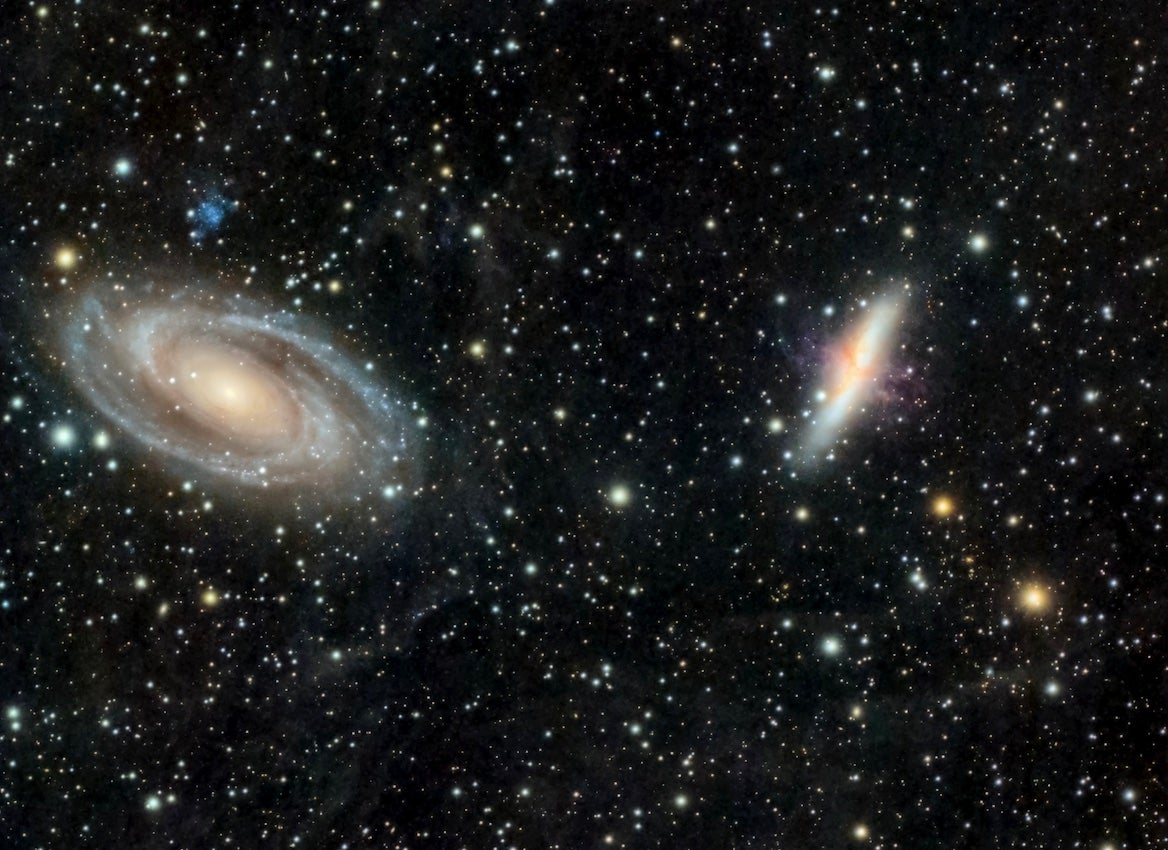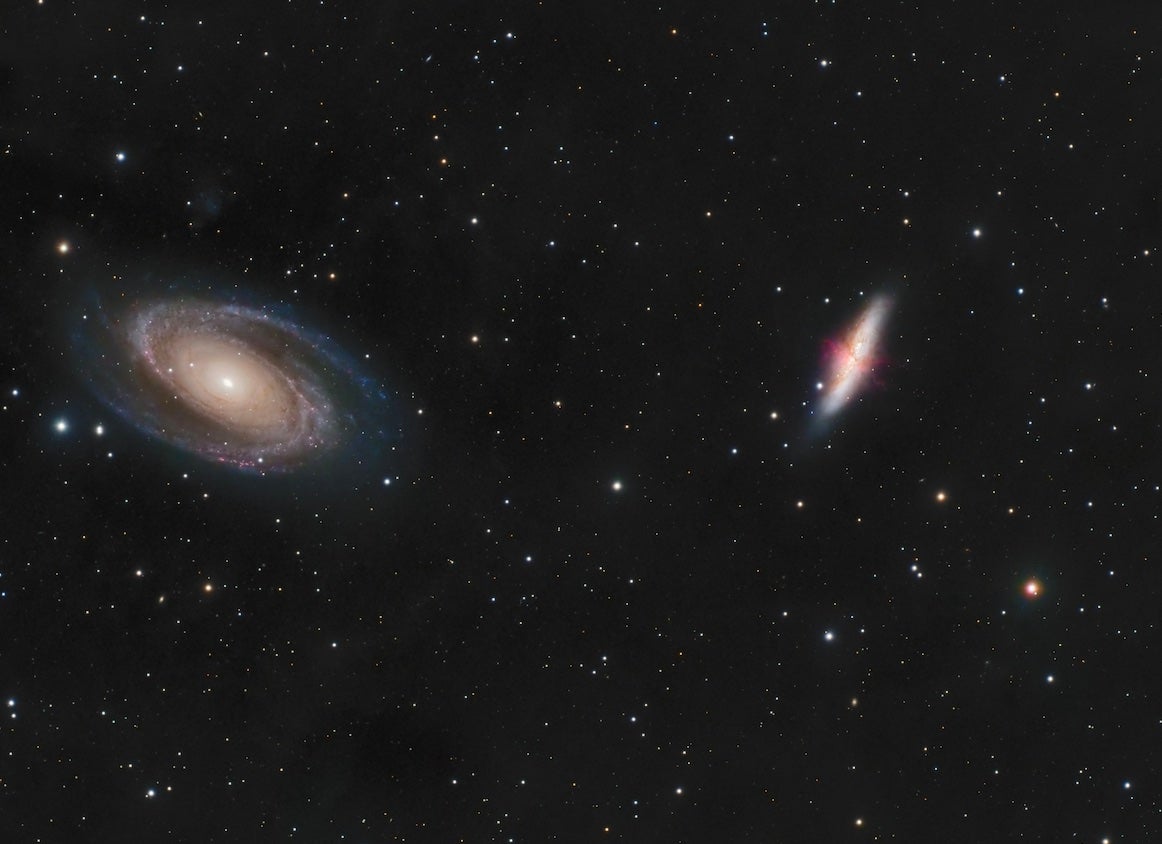It's harder than ever to escape light pollution, but doing so has never been more rewarding.

Credit: Molly Wakeling
Have you ever seen the Milky Way? Only 20 percent of the U.S. population lives in a place where they can. Away from light pollution, the wide, ghostly band almost looks like clouds, and the stars overhead appear so big and real that you feel like you're going to fall through the sky. Through the eyepiece of a telescope, galaxies and nebulas that are normally obscured by the haze of city lights stand out in stark contrast.
The story is a little different for the astrophotographer: light pollution matters less today with the ability to stack hundreds of subframes and use light pollution or narrowband filters to block out city lights. It's difficult to get gear to a dark sky site, so many people are content to stay home and shoot from the backyard, myself included. You may even live hours from rural skies and wonder: Is it worth the trip?
For urban photographers, narrowband filters are especially effective at reducing the worst of light pollution—they block most of the light except for small portions of the visible spectrum that correspond to wavelengths emitted by deep-sky objects. There are also traditional light pollution filters, which reduce light in the wavelengths produced by mercury and sodium vapor lamps. Although many cities have switched to broad-spectrum LED lights, light pollution filters still make a difference. And in post-processing, background extraction and gradient removal tools can do wonders to reduce background haze and allow dark elements to shine through.


With these tools, going to a dark-sky site may seem superfluous. However, a brighter background isn’t the only problem with light pollution: all those extra photons introduce additional “shot noise,” which is a quantum mechanical effect related to the discrete nature of electrons and the photons that created them on the camera sensor. To overcome light pollution and the added noise, one must take many more hours of subframes to increase the signal-to-noise ratio. For astrophotographers living in places with less than ideal weather, every hour of clear sky is precious. I typically spend 20 to 40 hours on a target from my backyard, but from a dark-sky site, I can usually get a better image in three to six hours—sometimes less.
We quantify the darkness of the sky in units of stellar magnitudes per square arcsecond (mag/arcsec2). For example, in the center of a large city, the sky might be 17.5 mag/arcsec2 bright, which is basically the same as filling the entire sky with faint stars—you can practically read it by the reflected light from the city. This is the bright end of the Bortle dark sky scale, Bortle 9. Most constellations are not visible, and only the brightest stars and planets shine through.
On the other hand, when I was at the Okie-Tex Star Party in 2022, it got as dark as 21.7 mag/arcsec2, at the Bortle 1 and 2 limit. In such a sky, the Milky Way is vivid and shows structure, several galaxies and star clusters are visible to the naked eye, and bright stars and planets can cast shadows. The strangest thing about being at a dark sky site is that the clouds are black, as there is no light from the ground to reflect off of them!
Sometimes we have to put up with the light pollution we have and try to observe and image as much as we can. But I highly recommend getting to a dark sky site as often as possible; a weekend camping trip to your local astronomy club's dark sky site can be fun and rewarding.
In the long term, there are ways to reduce the light projected toward the sky, mainly by pointing lights toward the ground and eliminating luminaires that face sideways and upwards. DarkSky International (IDA) has ideas for responsible lighting solutions and resources to advocate for your city or local municipal government to implement responsible lighting ordinances.
It can sometimes seem impossible to escape light pollution, but it's worth stepping out into a dark sky, even if it's just a few steps down. You'll be amazed at how much you can see with your camera and your eyes. Take some time to enjoy the light of the Milky Way and be carried away by the thousands of stars overhead.








Leave feedback about this